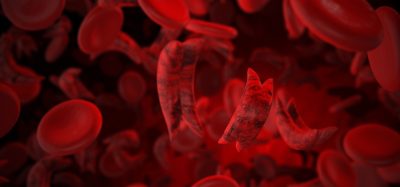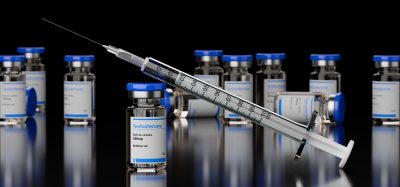Mouse model of transgender men finds active testosterone worsens IVF results
Posted: 14 June 2022 | Ria Kakkad (Drug Target Review) | No comments yet
The study found female mice currently receiving testosterone had fewer and less developed eggs retrieved. In contrast, discontinuing testosterone therapy in mice led to similar egg retrieval rates compared to the control group.


A new mouse study has suggested that active testosterone therapy for transgender men may negatively impact in vitro fertilisation (IVF) outcomes. The study found female mice currently receiving testosterone had fewer and less developed eggs retrieved. In contrast, discontinuing testosterone therapy in mice led to similar egg retrieval rates compared to the control group. The results were recently presented at ENDO 2022, the Endocrine Society’s annual meeting in Atlanta, US.
Historically, there has been limited information on the impact of gender-affirming hormone treatment on reproductive capacity. The researchers originally hypothesised that testosterone (T) treatment would not have an impact on IVF outcomes.
To create the mouse model, 38 female mice were implanted with silastic tubing with either 10 mg T enthanate in ethanol (n=20) or ethanol alone (n=18) at 10 weeks of age. The mice were divided into four groups: current T implant, current sham implant, T cessation and control cessation.
The team then monitored T levels and reproductive cycles. Mice with the testosterone and sham implants underwent ovarian stimulation 12 weeks post-implantation. Implants were removed after 12 weeks for the testosterone cessation and control cessation groups, and mice underwent ovarian stimulation two weeks later.
Mice with current T treatment had fewer oocytes, or egg cells, retrieved (17 versus 36), compared with the current sham implant group. The mice undergoing active testosterone therapy also had fewer mature oocytes (13 versus 28.1), and 2-cell embryos (12.78 versus 26.9) retrieved than the current sham implant group. There was no significant difference in maturity or fertilization rate. Females who had 2-cell embryos transferred from current T implant mice were less likely to have a live birth than those with transfers from current sham implant mice (25 percent versus 80 percent).
Conversely, the T cessation group and control showed no significant difference between total oocytes, mature oocytes or 2-cell embryos retrieved.
“These results demonstrate reversibility of the detrimental impact of testosterone on IVF outcomes and support a period of testosterone discontinuation prior to pursuing fertility preservation,” Dr Amanda Schwartz concluded. However, further research is needed to fully understand the impact of testosterone on human reproductive potential.
Related topics
Hormones, in vitro fertilisation (IVF), In Vivo
Related organisations
The Endocrine Society
Related people
Dr Amanda Schwartz





